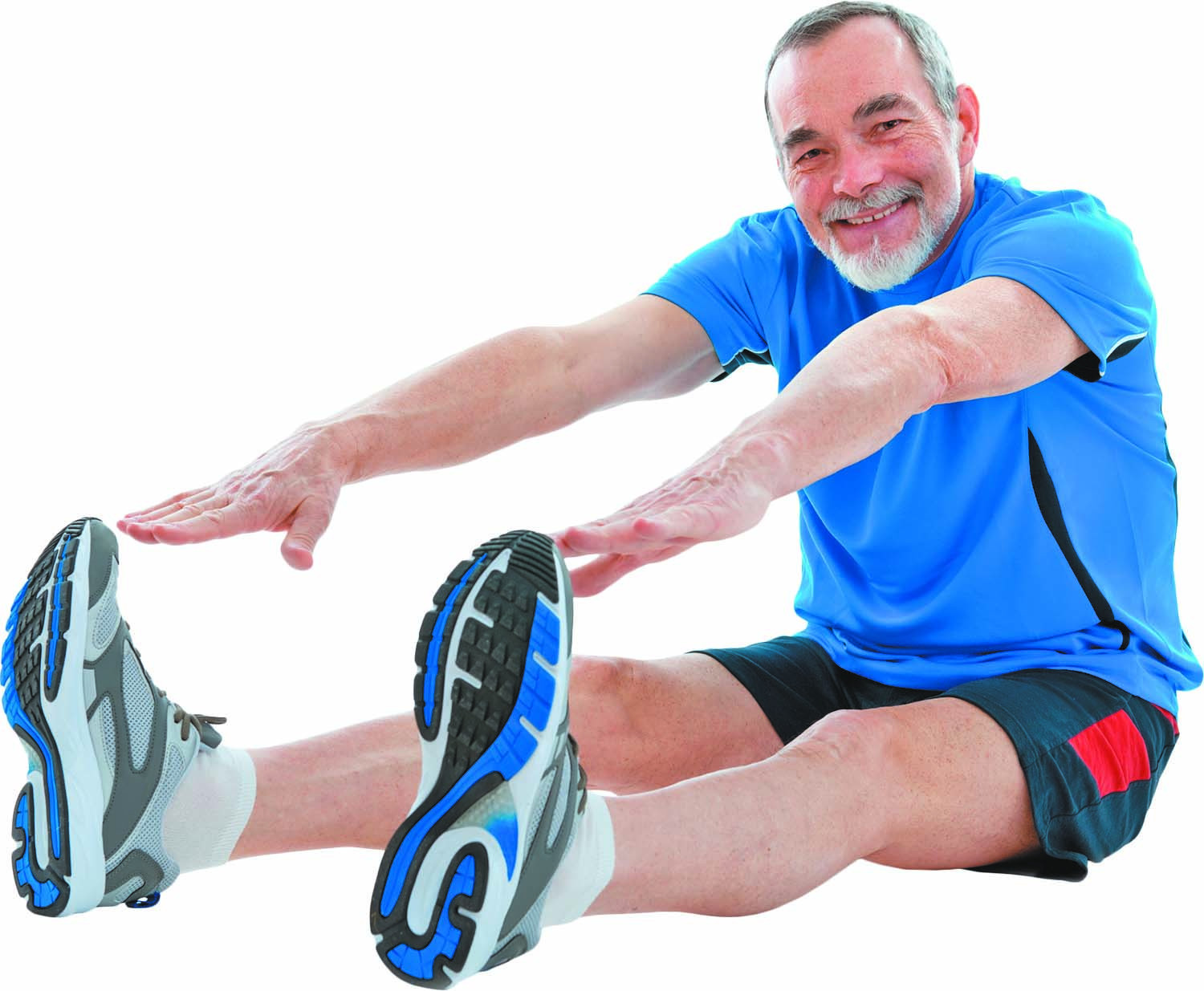
5 timeless habits for better health

What are the symptoms of prostate cancer?

Is your breakfast cereal healthy?

When pain signals an emergency: Symptoms you should never ignore

Does exercise give you energy?

Acupuncture for pain relief: How it works and what to expect

How to avoid jet lag: Tips for staying alert when you travel

Biofeedback therapy: How it works and how it can help relieve pain

Best vitamins and minerals for energy

Should you take probiotics with antibiotics?
Back Pain Archive
Articles
Three moves for better spine health
Spinal instability can contribute to low back pain, but the "big three" exercises can help.
A strong core can stabilize your spine to help keep your lower back healthy and pain-free. The muscles and ligaments surrounding your spine can weaken with age or from an injury, which can make movements like twisting, stretching, lifting, and bending difficult.
"The lower back often has to compensate for this lack of mobility, which places greater stress and burden on its muscles," says Eric L'Italien, a physical therapist with Harvard-affiliated Spaulding Rehabilitation Center.
A plan for easy stretching
Stretching becomes crucial as you age. Here is a quick routine that addresses the major tight spots.
Stretching is much like flossing. You know it's good for your health, but for whatever reason, you may not always make time for it.
"Most people know they need to stretch more, but find it burdensome or are not sure what to do," says Urvashi Chogle, a physical therapist at Harvard-affiliated Spaulding Rehabilitation Network.
Getting a leg up on sciatica
Sciatica's (pronounced sigh-AT-eh-ka) hallmarks are pain and numbness that radiates down the leg, often below the knee. In nine out of 10 cases, sciatica is caused by a displaced disk in the lower spine.
The best medicine is often patience — with some stoicism mixed in — because the pain often goes away, even if the problem disk does not. Researchers have found that the pain usually improves within a month.
Shore up your core
Building the strength of the central muscles in your torso can help improve your balance and mobility.
You probably don't give a lot of thought to your core muscles, but they play a starring role in your daily life.
"The core is critical for stability and functional motion day to day," says Dr. Beth Frates, clinical assistant professor of physical medicine and rehabilitation at Harvard Medical School. "For example, standing, bending, twisting, and sitting all require the core muscles. With a strong core, people can reach for glasses on high shelves and stay balanced while walking with heavy grocery bags."
4 ways to turn good posture into less back pain
Most of us get back pain at some point in our lives. It may be due to a sports-related injury, an accident, or a congenital condition such as scoliosis. But most of the time, upper or lower back pain develops during the course of day-to-day life. Repetitive activities at work or home, such as sitting at a computer or lifting and carrying, may produce tension and muscle tightness that result in a backache. One solution to preventing back pain is to improve posture.
In addition to improving your posture, general physical fitness and a healthy weight are important are important, too. But the surprisingly simple act of paying attention to improving your posture can go a long way.
Babying your back may delay healing
Exercise and movement may be the best medicine for back pain.
You might be considering surgery or other intervention to treat your back pain. But less may actually be more for this common problem, and in many instances the best medicine is good old-fashioned movement and exercise.
The enigma of back pain
Back pain is one of the most common medical problems in the United States, according to the National Institutes of Health. It's also a little strange as far as ailments go.
Pain and neuromodulation: What’s all the “buzz” about?
Neuromodulation therapies use a targeted stimulus to help people manage pain. This can be in the form of an electrical stimulation device or a pump containing medication, either of which can be implanted in the body.
Straight talk on planking
Your core muscles are your body’s foundation, and the plank pose is a great exercise to do to help build core strength—it’s challenging but not complicated. Here’s everything you need to know to plank correctly.
When do I need an imaging test for my back pain?
On call
Q. I suddenly developed low back pain for the first time. My doctor said I did not need an x-ray or other imaging test. Is that normal and are there any situations when a test would be needed?
A. Yes, your doctor is following the current guidelines. Unless you have other symptoms in addition to low back pain, an x-ray, CT scan, or MRI is not likely to be helpful. But it could cause unnecessary worry while waiting for the results and cost you some money if it's not covered by your health insurance. In addition, many people have "false-positive" results in which an abnormality is detected but turns out to be harmless.

5 timeless habits for better health

What are the symptoms of prostate cancer?

Is your breakfast cereal healthy?

When pain signals an emergency: Symptoms you should never ignore

Does exercise give you energy?

Acupuncture for pain relief: How it works and what to expect

How to avoid jet lag: Tips for staying alert when you travel

Biofeedback therapy: How it works and how it can help relieve pain

Best vitamins and minerals for energy

Should you take probiotics with antibiotics?
Free Healthbeat Signup
Get the latest in health news delivered to your inbox!
Sign Up










